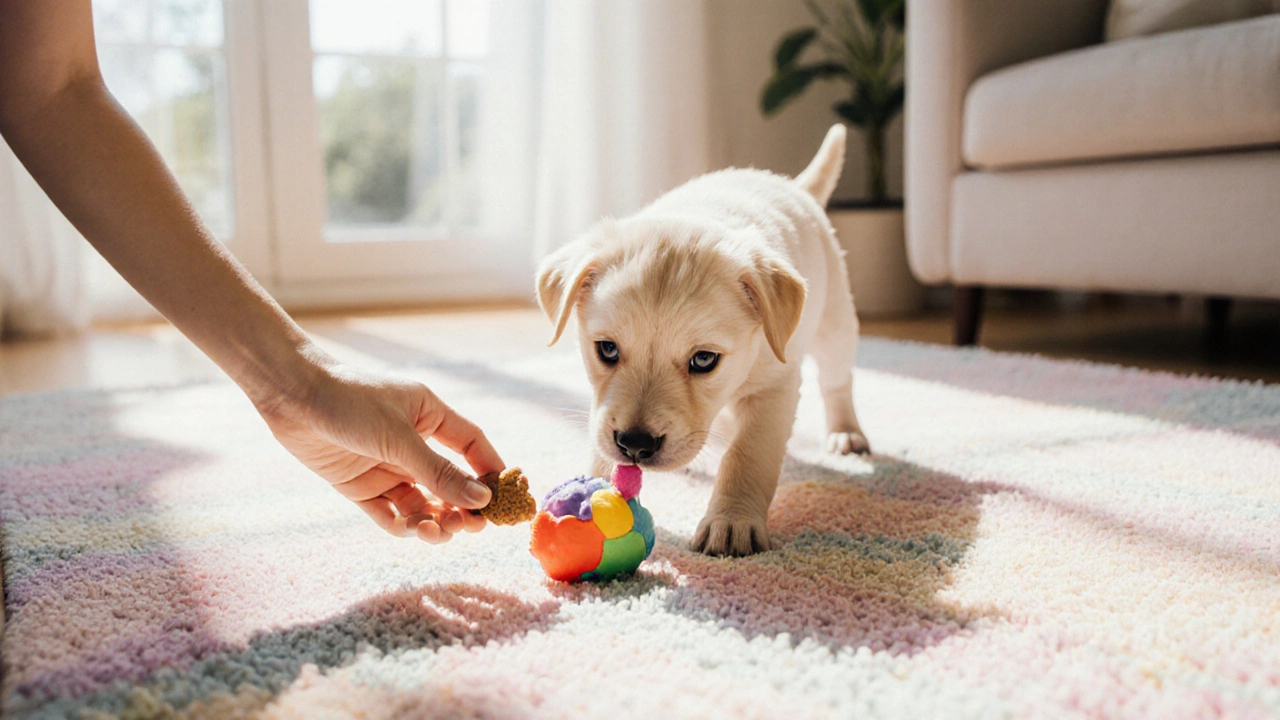Discipline an 8 Week Old Puppy: A Practical Guide
When working with discipline an 8 week old puppy, teaching a young dog good habits and clear boundaries during its first two months. Also known as puppy discipline, it sets the tone for the rest of the dog's life. Successful discipline relies on consistency, timing, and the right tools. Below you’ll discover how to discipline an 8 week old puppy without stress or confusion.
One of the core building blocks is puppy training, a structured approach that blends basic commands with positive reinforcement. Training isn’t just about sit or stay; it’s about teaching the puppy how to interpret human cues. When a puppy learns that good behavior earns praise, the learning curve shortens dramatically. This concept pairs perfectly with crate training, using a safe enclosure to guide potty habits and calm anxiety. A well‑chosen crate becomes a den, making the pup more willing to rest and less likely to have accidents.
Speaking of accidents, housebreaking, the process of teaching a puppy where and when to eliminate is the most common challenge for new owners. The trick is to align the puppy’s natural urge to go with a reliable schedule and a designated spot. Crate training aids this by limiting the puppy’s roaming space, nudging it to signal when it needs to go out. Pairing a consistent feeding routine with frequent bathroom breaks creates a predictable pattern, reducing indoor accidents.
Key Steps to Effective Discipline
First, set clear expectations. Use a single word for each command—"no" for unwanted behavior, "come" for recall, and "leave it" for objects that shouldn’t be touched. Keep the tone firm but calm; yelling only confuses the puppy. Second, reward instantly. A treat or a quick petting session right after the correct response reinforces the link between action and reward. Third, prevent mistakes before they happen. Puppy‑proof the area, remove temptations, and use baby gates to guide traffic flow. This proactive stance minimizes the need for corrections later.
Fourth, incorporate short, frequent training sessions. Puppies have limited attention spans, so five‑minute bursts three to four times a day keep them engaged without fatigue. During each session, focus on one skill—like "sit" or "stay"—and repeat it in different rooms. This variation teaches the puppy to generalize the command, not just respond in one context. Fifth, stay patient. An eight‑week‑old is still developing motor skills and impulse control, so occasional slip‑ups are normal. The goal is to guide, not punish.
Another vital piece is socialization. Expose the puppy to new sights, sounds, and friendly dogs in a controlled way. Social experiences early on reduce fear‑based aggression later and make discipline easier because a well‑adjusted puppy is less likely to act out. Pair social outings with positive cues—like offering a treat when the puppy remains calm—to embed good behavior across environments.
Finally, track progress. Keep a simple log of commands taught, successes, and setbacks. Noting patterns helps you adjust timing, rewards, or even the type of crate you use. For instance, if the puppy consistently whines in the crate at night, you might need a softer blanket or a chew toy to ease anxiety.
All these strategies—consistent commands, timely rewards, crate use, housebreaking schedules, and socialization—create a web of support that makes disciplining an eight‑week‑old puppy feel natural. Below you’ll find a curated set of articles that dive deeper into each area, from crate vs. bed choices to the science behind “no” commands. Explore them to build a solid foundation for your new companion.
Effective Ways to Discipline an 8‑Week‑Old Puppy
Learn practical, gentle ways to discipline an 8‑week‑old puppy, from positive reinforcement to crate training, with step‑by‑step tips and a handy checklist.
